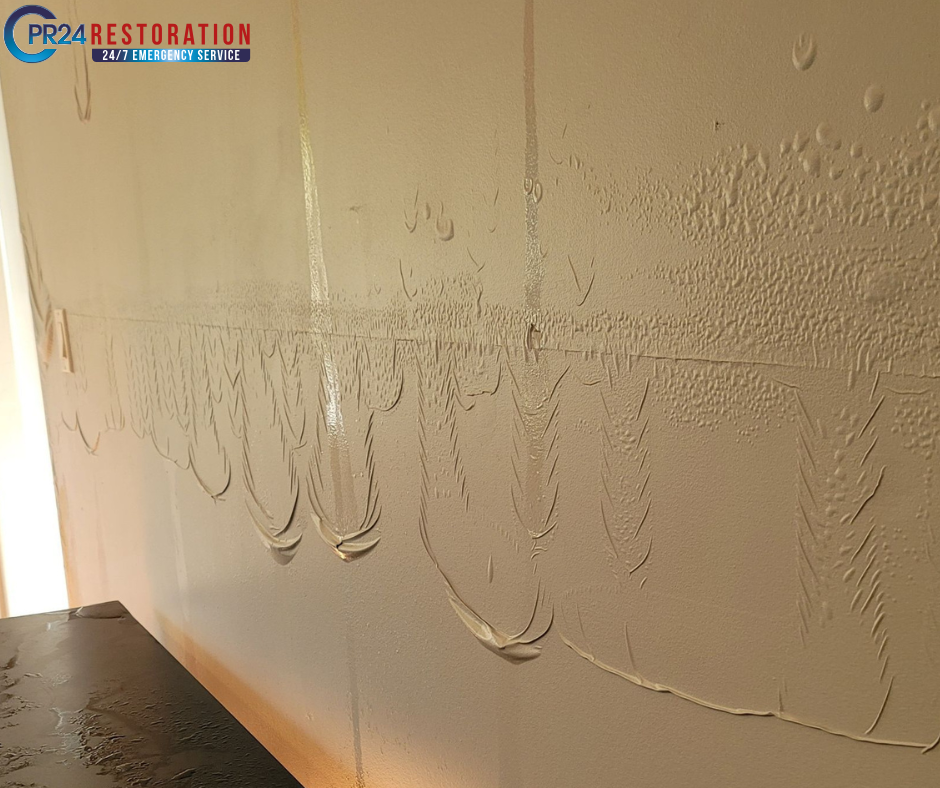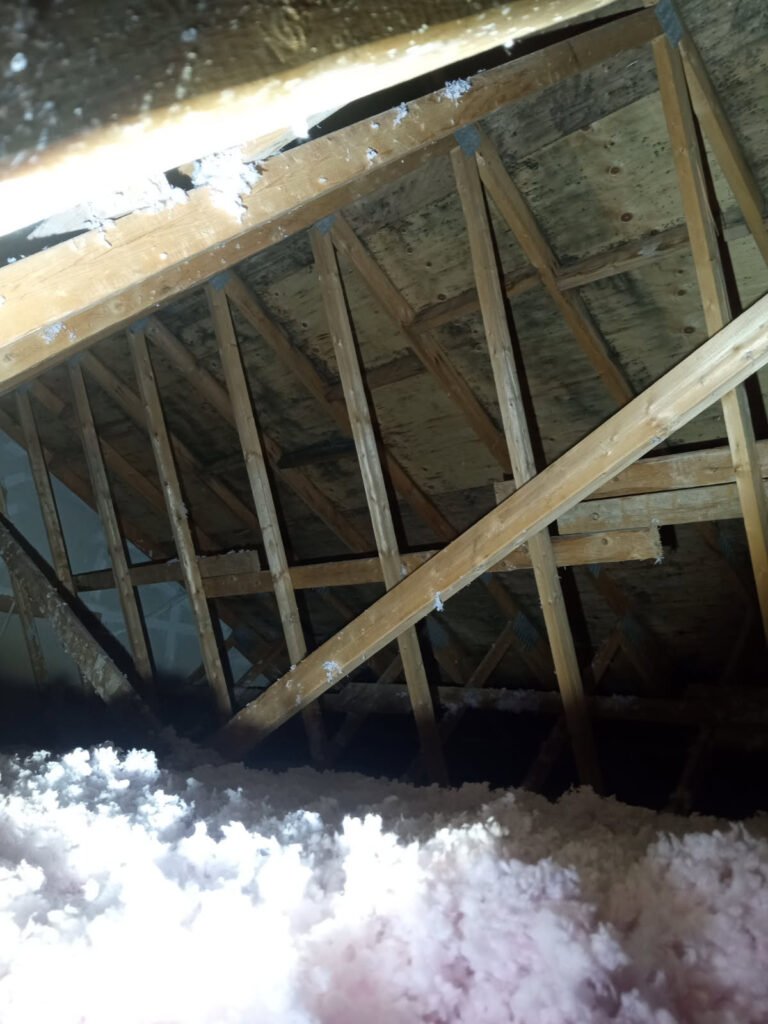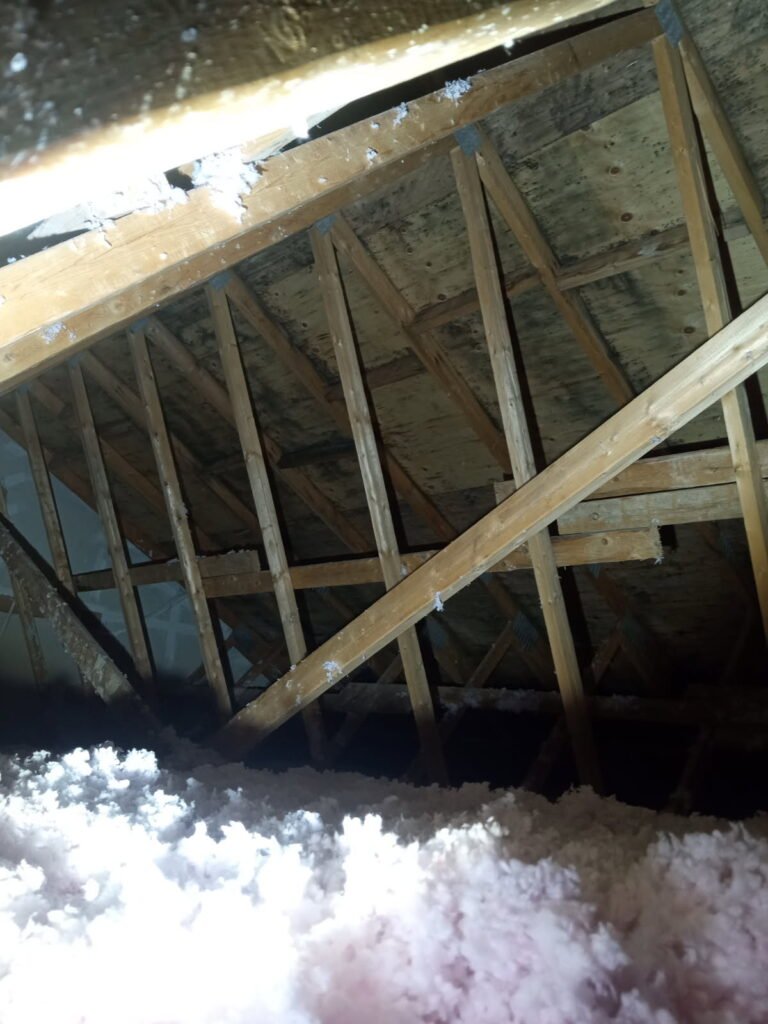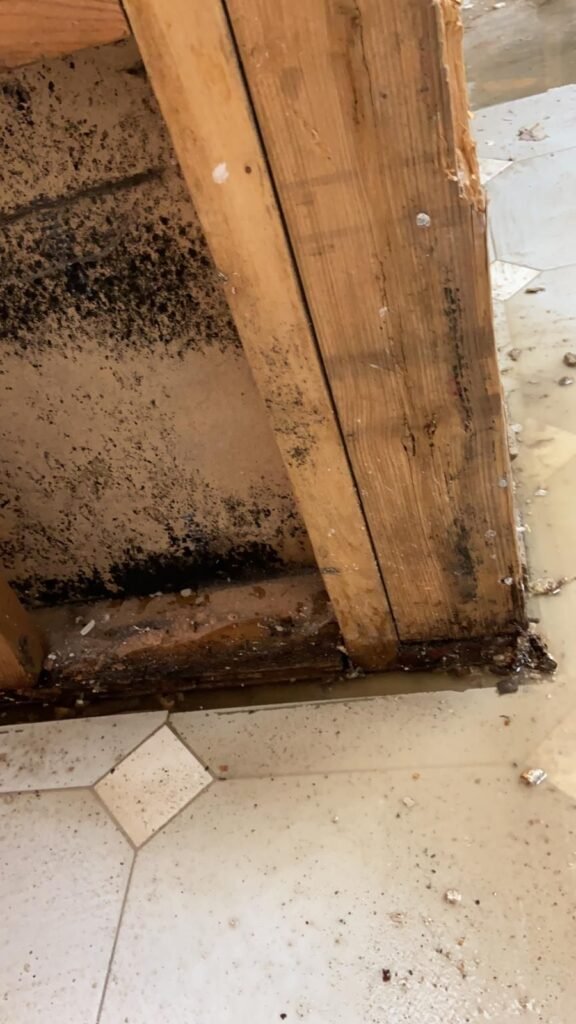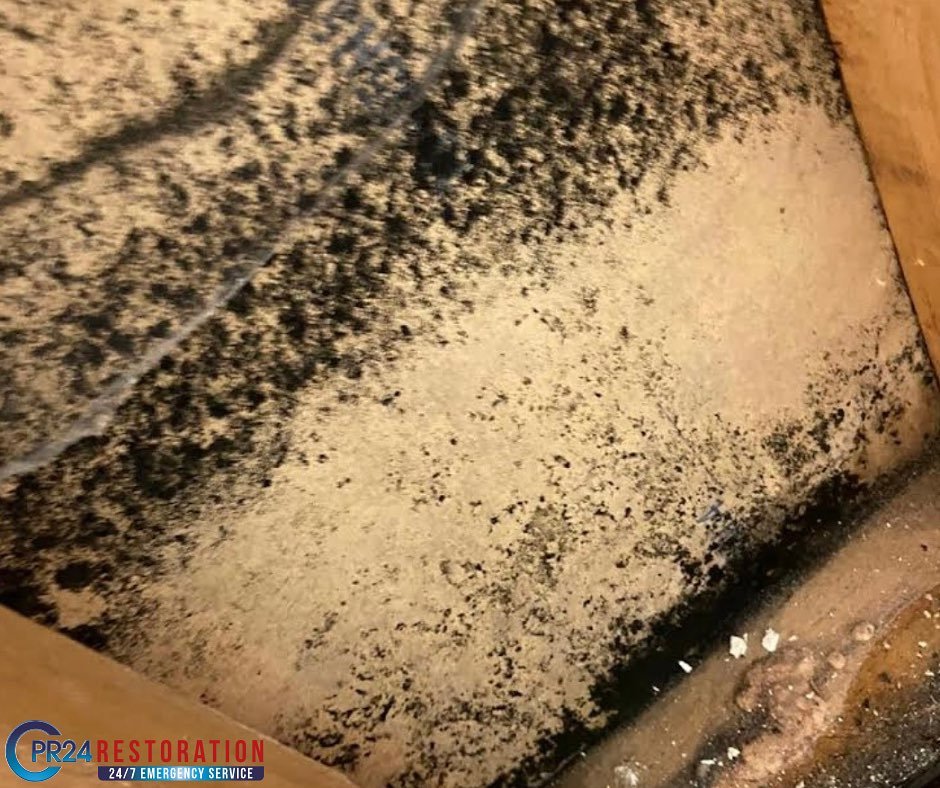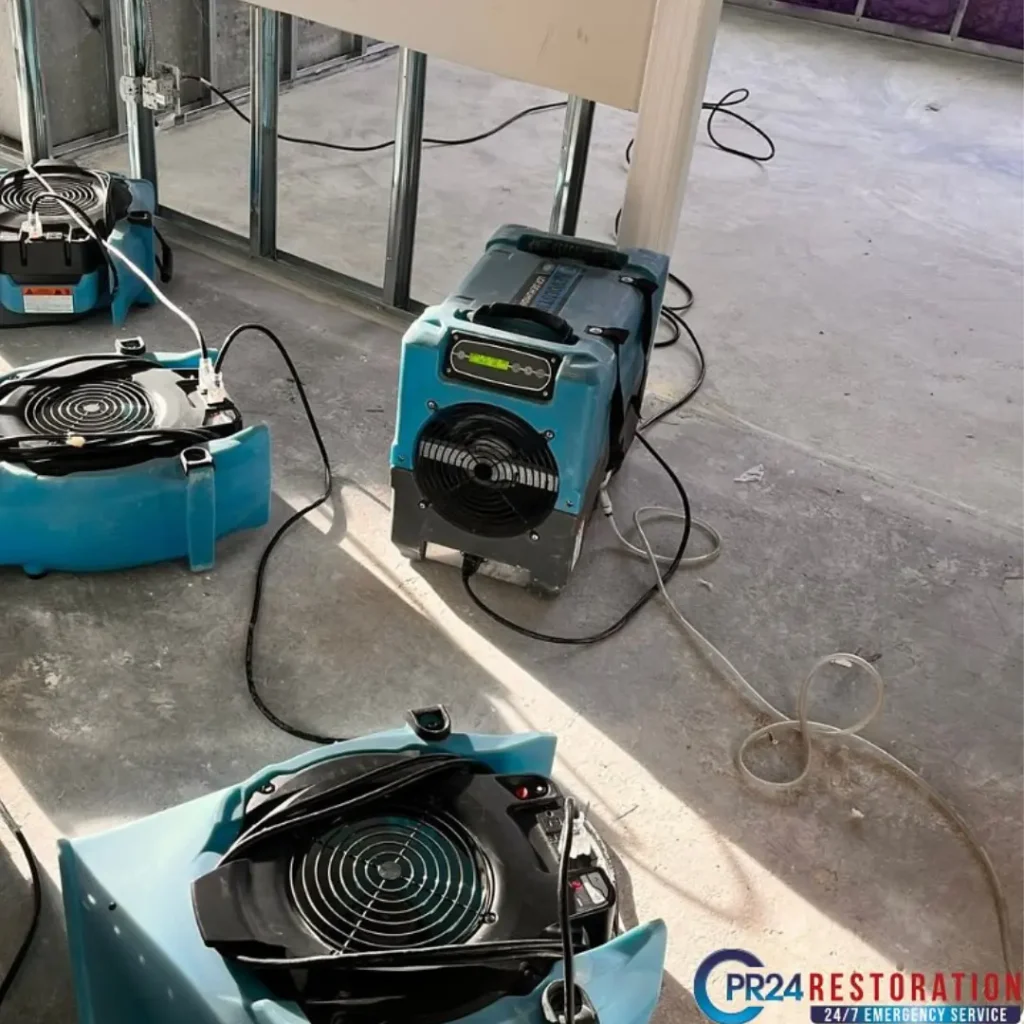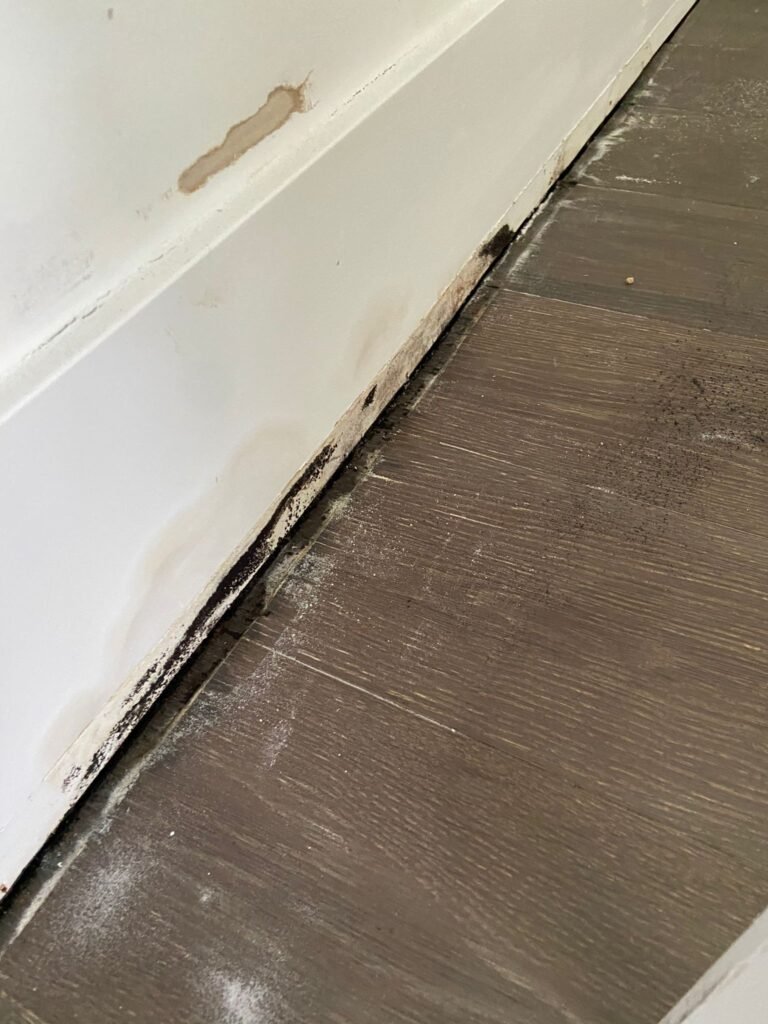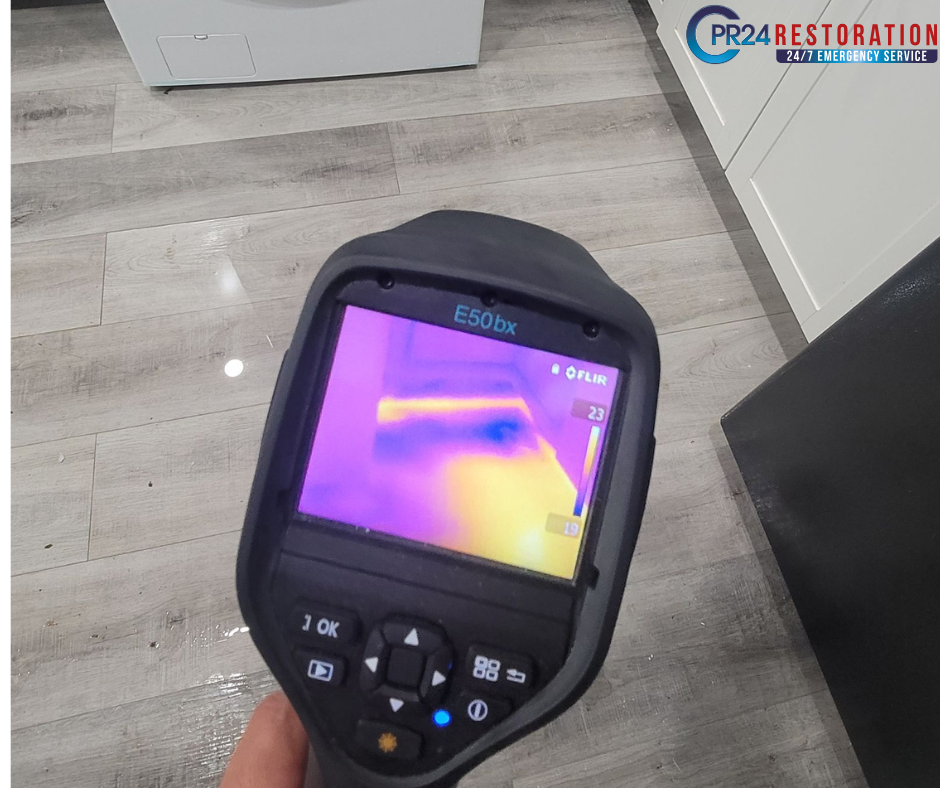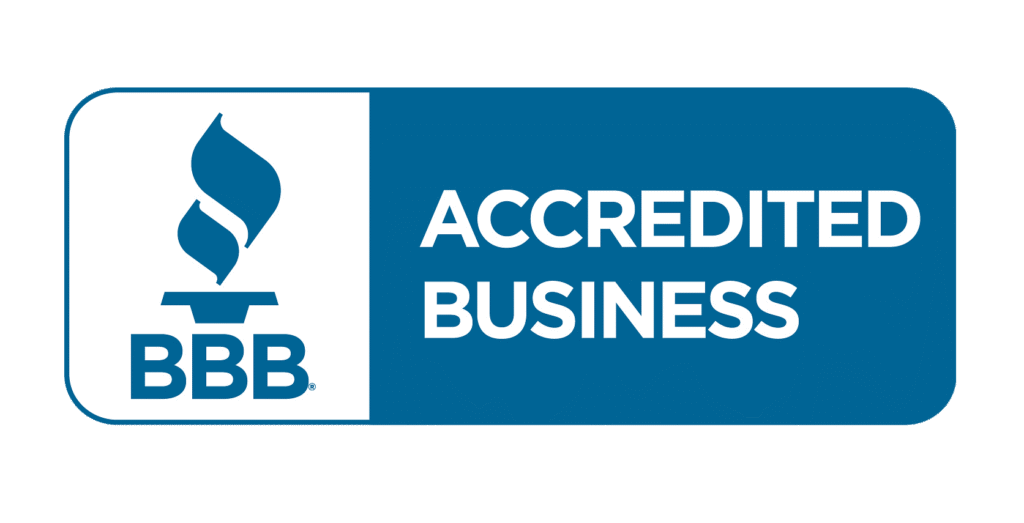The Difference Between Water Damage and Flood Damage Toronto
When it comes to property damage, two terms often arise: water damage vs flood damage. Understanding the difference between water damage and flood damage in Toronto is crucial, as although they may look alike, they are different types of damage. Recognising the difference between water damage and flood damage Toronto can greatly affect homeowners and business owners. Understanding the difference between water damage and flood damage is crucial for effective risk management and insurance coverage. This article will explore the differences between water damage and flood damage. Many homeowners often ask, “Is flood damage the same as water damage?” — understanding the distinction is crucial for proper insurance coverage and restoration response. The examination will explore their causes, effects, and the insurance issues related to each. What is Water Damage Toronto? Water damage refers to the destruction or deterioration of property because of water intrusion. This type of damage can arise from various sources, often originating within the property itself. Common causes of water damage include: Water damage insurance vs flood insurance is an important distinction, as homeowner’s insurance water damage policies typically cover sudden and accidental damage, but not all types. However, it is essential to review your policy to understand the specific coverage details. What is Flood Damage? Flood damage is damage caused by water overflowing from natural sources. These sources include rivers, lakes, and oceans. This type of damage is often associated with severe weather events, including: Standard homeowners insurance policies generally do not include flood damage insurance coverage. Instead, homeowners must obtain separate flood insurance to protect against this type of risk. Understanding what people consider flood damage is important, as it directly impacts insurance eligibility. Key Differences Between Water Damage and Flood Damage Toronto Understanding the distinctions between water damage and flood damage is vital for homeowners and property managers. Here are the primary differences: Source of Water Coverage Under Insurance Policies Toronto Scope of Damage Repair and Restoration Toronto Insurance Implications Toronto Water Damage Insurance Most homeowners insurance policies provide coverage for water damage, but there are important considerations to keep in mind: Flood Insurance Toronto Flood insurance is a separate policy that provides coverage specifically for flood-related damage. Key points to consider include: Does insurance cover flood damage or does insurance cover water damage are among the most frequently asked questions — and the answer depends on the event type and your policy details. Assessing Your Risk Toronto Evaluating Water Damage Risks Toronto To mitigate the risk of water damage, homeowners should consider the following: Evaluating Flood Damage Risks Toronto Assessing flood damage risk involves understanding the property’s location and environmental factors: Preventive Measures Toronto Preventing Water Damage Homeowners can take proactive steps to reduce the likelihood of water damage: Preventing Flood Damage Toronto While it may be challenging to prevent flooding entirely, there are measures that can help mitigate risks: Understanding the difference between water damage and flood damage Toronto is essential for homeowners and property managers. By understanding the different causes of flood damage and types of water damage, property owners can make better choices. They can also learn about insurance and ways to prevent each type of damage. This knowledge helps protect their investments. Regular maintenance is important. Getting the right insurance is also essential. Using risk management strategies can help too. These steps can reduce water damage vs flood damage to your property. By staying informed and prepared, you can safeguard your home or business against the unexpected challenges posed by flood damage vs water damage — and ensure you understand the nuances of flood vs water damage insurance to make the right coverage choices.

